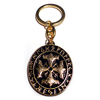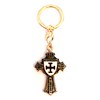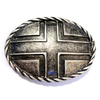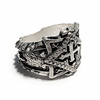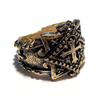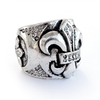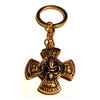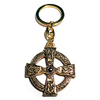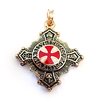CATEGORIES KEYCHAINS 24 CARAT GOLD Keychain FREIMAURERKREUZ 24ct
CATEGORIES KEYCHAINS 24 CARAT GOLD Keychain GERMANENWAPPEN 24ct
CATEGORIES KEYCHAINS 24 CARAT GOLD Keychain IRMINSUL 24ct
CATEGORIES KEYCHAINS 24 CARAT GOLD Keychain KELTENKREUZ VON AHENNY 24ct
CATEGORIES KEYCHAINS 24 CARAT GOLD Keychain MEROWINGER AMULETT 24ct
CATEGORIES KEYCHAINS 24 CARAT GOLD Keychain NORDIC SKULL 24ct
CATEGORIES KEYCHAINS 24 CARAT GOLD Keychain NORDISCHER DRACHE 24ct
CATEGORIES KEYCHAINS 24 CARAT GOLD Keychain NORDISCHES AXTKREUZ 24ct
CATEGORIES KEYCHAINS 24 CARAT GOLD Keychain PIRATES OF THE CARIBBEAN 24ct
CATEGORIES KEYCHAINS 24 CARAT GOLD Keychain SAN BERNADETTO CROSS 24ct
CATEGORIES KEYCHAINS 24 CARAT GOLD Keychain SCHLANGEN DES URNES 24ct
CATEGORIES KEYCHAINS 24 CARAT GOLD Keychain SIGNUM TEMPLI 24ct
Keychain FREIMAURERKREUZ 24ct
In stock
can be shipped within 1 days
Customers who bought this product also bought
|
|
|
Browse this category: 24 CARAT GOLD
Keychain GERMANENWAPPEN 24ct
In stock
can be shipped within 1 days
Customers who bought this product also bought
|
|
|
|
|
|
|
|
Browse this category: 24 CARAT GOLD
Keychain KELTENKREUZ VON AHENNY 24ct
In stock
can be shipped within 1 days
Customers who bought this product also bought
|
|
|
|
|
|
|
|
Browse this category: 24 CARAT GOLD
Keychain MEROWINGER AMULETT 24ct
In stock
can be shipped within 1 days
Customers who bought this product also bought
|
|
|
|
|
|
Browse this category: 24 CARAT GOLD
Keychain NORDISCHER DRACHE 24ct
In stock
can be shipped within 1 days
Keychain NORDISCHES AXTKREUZ 24ct
In stock
can be shipped within 1 days
Customers who bought this product also bought
|
|
|
|
|
|
|
|
Browse this category: 24 CARAT GOLD
Keychain PIRATES OF THE CARIBBEAN 24ct
In stock
can be shipped within 1 days
Keychain SAN BERNADETTO CROSS 24ct
In stock
can be shipped within 1 days
Keychain SCHLANGEN DES URNES 24ct
In stock
can be shipped within 1 days
Keychain SIGNUM TEMPLI 24ct
In stock
can be shipped within 1 days
Customers who bought this product also bought
|
|
|
|
|
|
|
|
Browse this category: 24 CARAT GOLD









